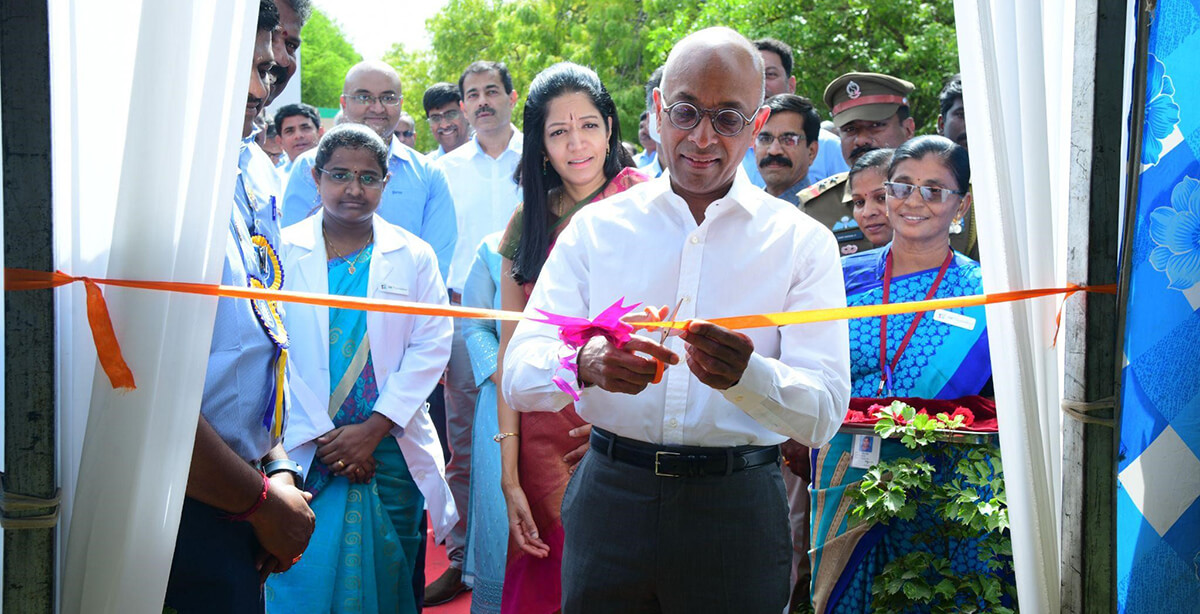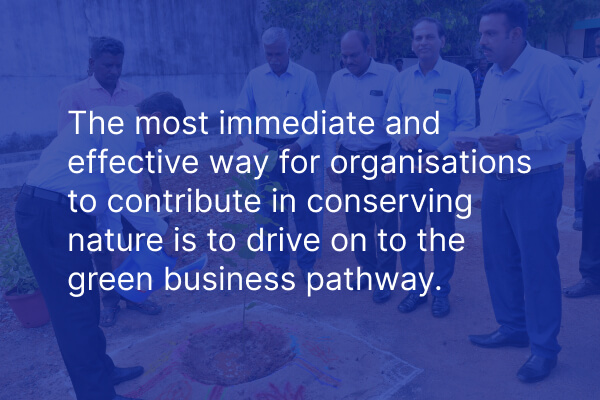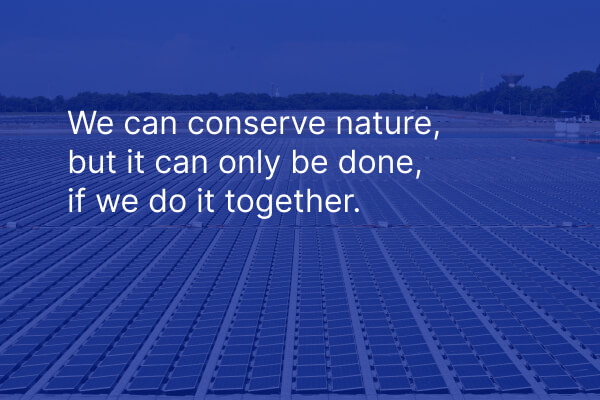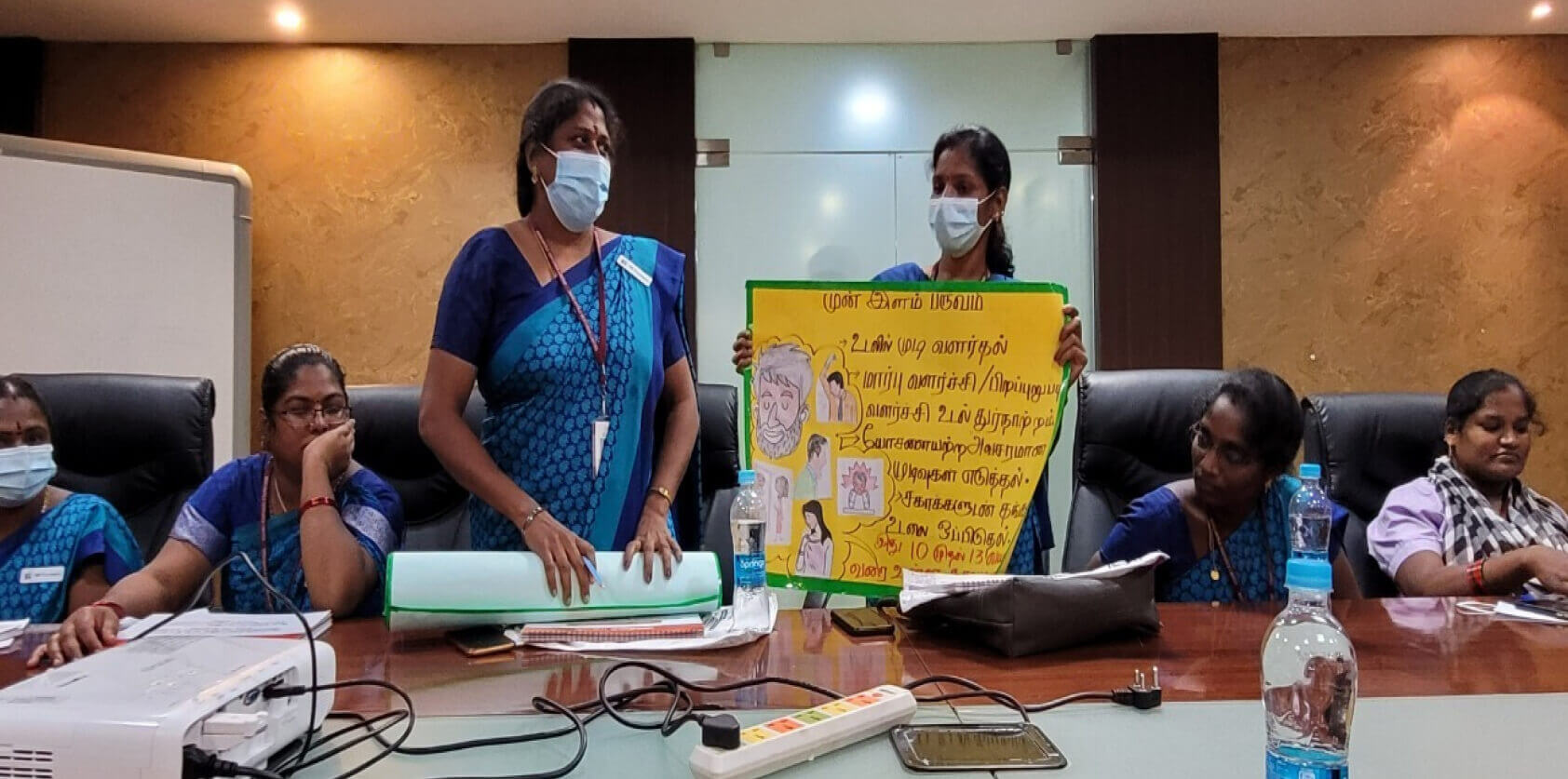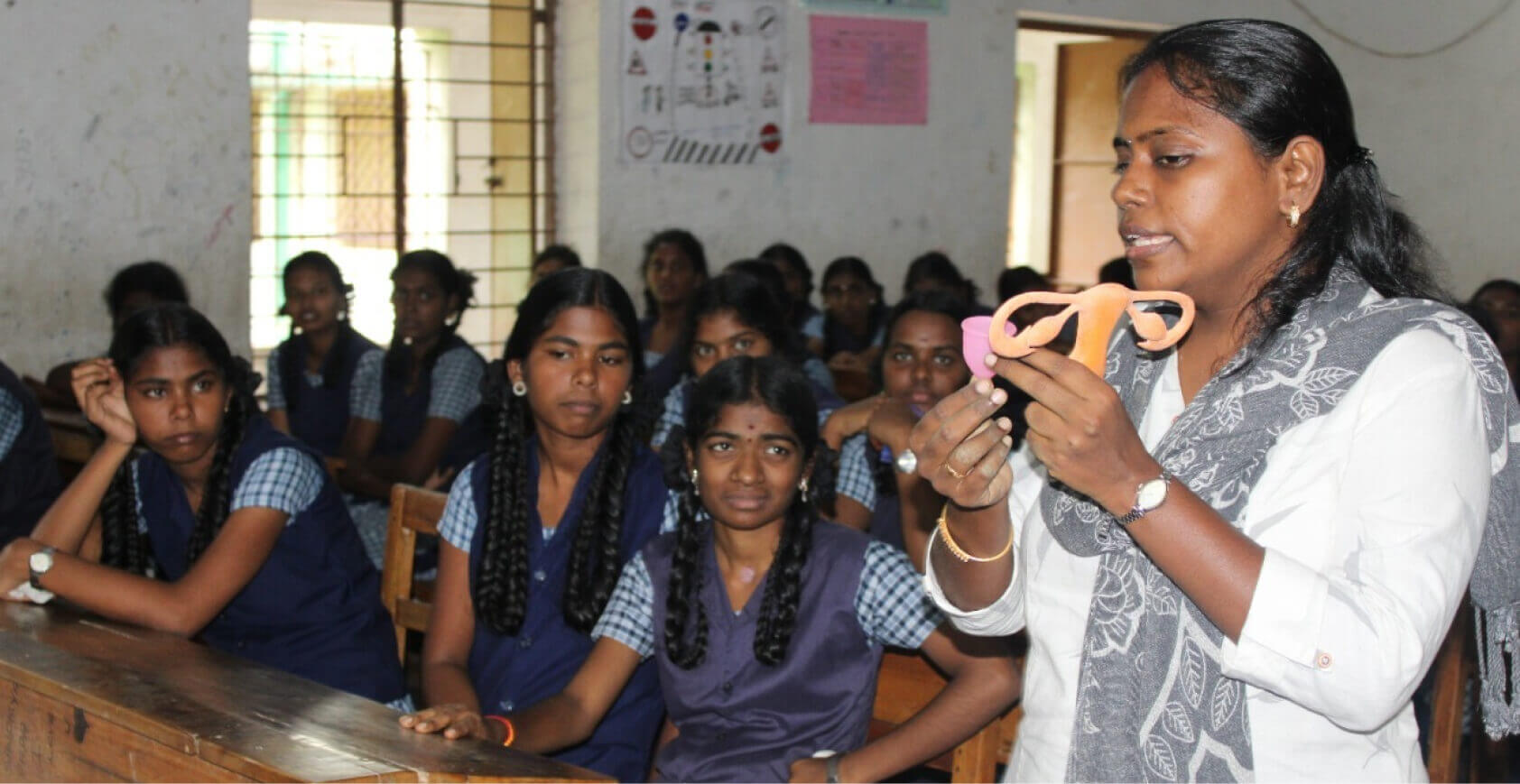Every day at work, we use our calendars to chalk out essential meetings, tasks and deadlines. Alongside this, our calendars also feature days marked out to celebrate causes and noteworthy individuals. One such occasion is Use Your Common Sense Day, celebrated on 4 November — but perhaps, we ought to celebrate it each day!
Common sense can seem like an obvious thing, a skill that we use so often that it feels futile to even term it a skill. But at workplaces, as discussions become more complex and nuanced, and we keep up with the latest research and technical jargon, we sometimes forget to apply common sense.
Employees who make common sense a part of their mental toolbox become the brightest minds in their teams. They can work independently, as they don’t need the constant guidance of their superiors. They are able to follow the company’s best practices while exercising their own judgment. They can identify gaps in processes, and focus on the bigger picture with clarity.
They are able to complete tasks faster, as they don’t lose time over unnecessary steps, and they have a higher rate of success, as they make fewer errors. Indeed, those who think by using common sense are able to identify potential risks in the future by relying on their own experiences and those of others.

At AM International, our People Philosophy is based on caring and collaboration. This fosters a spirit of teamwork where colleagues can learn from each other by sharing information.
Common sense should not be taken for granted. It is at the foundation of critical thinking — a process by which we use rationality to analyze information, connect the dots and predict outcomes. Problem solving at the workplace is made easier by using our common sense and critical thinking skills, as this allows us to set aside our biases and think objectively. The best thinkers simplify problems at every single step and then arrive at clean solutions, instead of complicating their thought process.

Common sense is an important soft skill to possess too, as it allows us to manage our own emotions better and helps us to interact more effectively with our colleagues. Common sense thinkers tend to be good listeners, who are keen to understand the inputs and suggestions of their team members. They have fair expectations of their co-workers and are more considerate towards them. They ask the right questions and use the knowledge gained from them to become smarter workers.
Common sense isn’t a natural talent but rather like a muscle that anyone can train. We can teach ourselves to apply this way of thinking by being more observant at the workplace: learn from our own past mistakes, make note of how our team members successfully solved problems, and remember how we ourselves navigated stressful situations. Ultimately, we will find the right balance between relying on research and analysis and using our own sense of intuition.

Individuals are incentivized to use their common sense and critical thinking skills at workplaces which are stimulating, where the tasks challenge them to think creatively. Such workplaces are also home to managers and team leaders who provide feedback to their colleagues, so that the entire team can grow.
AM International recognises that opportunities motivate people, and that careers must be built together, as a collective effort. We strive to nurture workplaces where all employees can think in an entrepreneurial way, where their decisions are encouraged rather than questioned.
This Use Your Common Sense Day, let us promise to think simply, act objectively and learn from our experiences.



